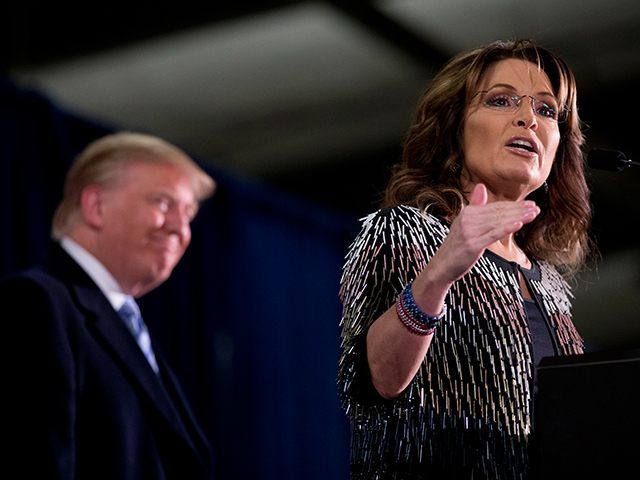This article was written by Molly Ball and originally published by the Atlantic:
Like no one else before Trump, Palin saw a constituency on the right for a politics of resentment that sought as its champion a pure agent of chaos, unfettered by positive or substantive views. As David Frum has noted, Trump, like Palin, is playing to a populist, antiestablishment politics of white working-class cultural resentment. Like Palin, he’s insistent that conservatism is whatever he says it is. Like Palin, he’s less concerned with the abstraction of small government than with taking down the fat cats—the corrupt alliance of politicians, donors, and lobbyists.
Palin doesn’t get enough credit for pioneering this particular approach. She was railing against “crony capitalism”—“the collusion of big government and big business and big finance to the detriment of all the rest, the little guys”—before practically anybody else on the right. “Do you want to know why the permanent political class doesn’t really want to cut any spending? Do you want to know why nothing ever really gets done?” she said in 2011. “It’s because there’s nothing in it for them. They’ve got a lot of mouths to feed—a lot of corporate lobbyists and a lot of special interests that are counting on them to keep the good times and the money rolling along.”
You can hear the echoes of this today from countless candidates. When Palin’s endorsement was announced on Tuesday, I happened to be in New Hampshire with Ted Cruz, where I heard him repeatedly denounce the “cronyism” of “the Washington cartel of career politicians in both parties who get in bed with lobbyists.” (Cruz, a Palin protégé who had hoped to get her nod, attempted to take the blow in stride, saying: “Sarah Palin is fantastic. Without her friendship and support I wouldn’t be in the Senate today.”)
[…]
Palin saw the way people reacted to her in 2008, when she drew crowds orders of magnitude larger than her running mate’s. She correctly sensed that there was a segment of the Republican base that wasn’t being served by party elites. No wonder, when the Obama backlash came in 2009, Palin was its perfect mascot. She had already helped put it in motion before he was even elected. While other Republicans tried to rebut Obama’s policy proposals, and even to offer their own alternatives, for Palin it was always about this fundamental cultural antagonism. She tapped a vein of previously unheralded biker-bar conservatism that has lain dormant ever since, waiting for Trump to speak to it.
Alienated from both parties, Palin proceeded to find a home in the then-nascent organs of the GOP fever swamps, which, as McKay Coppins has noted, Trump savvily courted for years before launching the current campaign. In 2011, a right-wing filmmaker named Stephen Bannon made an adulatory movie about Palin, The Undefeated; he went on to become executive chairman of Breitbart.com, the website that has served as Trump’s most loyal cheering section. Palin’s people are Trump’s people.
Read the rest of the article here.

COMMENTS
Please let us know if you're having issues with commenting.